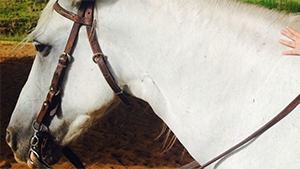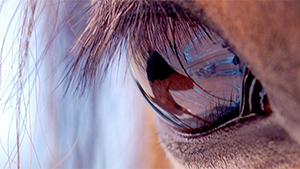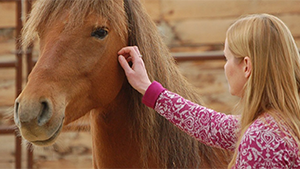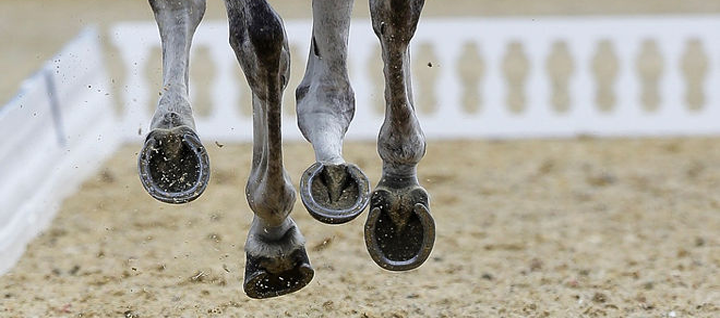
The history and innovations of horseshoes are an art whose origins are lost in the mists of time. Since man first undertook the conquest of the horse, caring for the hooves (feet) of his mount soon became an absolute necessity. For more than 2,000 years, different types of protection have been used to safeguard the horse’s hooves. Initially, woven grass sandals were used. Genghis Khan, the famous Mongol leader, seeking to improve the mobility of his cavalry, advanced to the use of leather, which, through a specific treatment, provided durability and a strong grip on the hoof.
The Greeks contributed with the invention of the hipposandal, which consisted of iron plates fastened with leather straps.
The Celts, skilled in working with iron, discovered that it was possible to secure horseshoes to a horse’s hooves by inserting nails into the insensitive area of the hoof. This was followed by the development of steel nails to fasten the horseshoes more effectively. However, at first, they were used mainly in two circumstances: when the horse showed signs of lameness, and as a decorative custom among heads of state. A classic example is Nero, the Roman emperor, who decreed that his horses should wear silver horseshoes, while those of his second wife, Poppaea Sabina, wore gold ones.
Today, horseshoes may vary in design and material. Beyond regular use, there are orthopedic and corrective horseshoes.
Lightweight aluminum horseshoes are used for racehorses. Corrective shoeing helps reduce torsions in ligaments and tendons caused by poor conformation. It can also minimize the effects of an injury and aid the healing process by protecting sensitive areas.
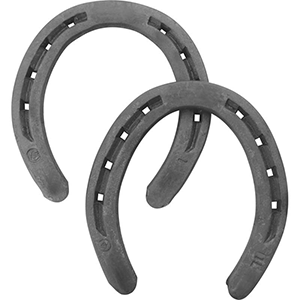
We must also highlight the importance of radiography in diagnosing equine podiatry disorders, particularly in assessing the relationship between the third phalanx and the hoof capsule.
Article from Revista Acontece Sul, Deolir Dall’Onder, December 18, 2012

